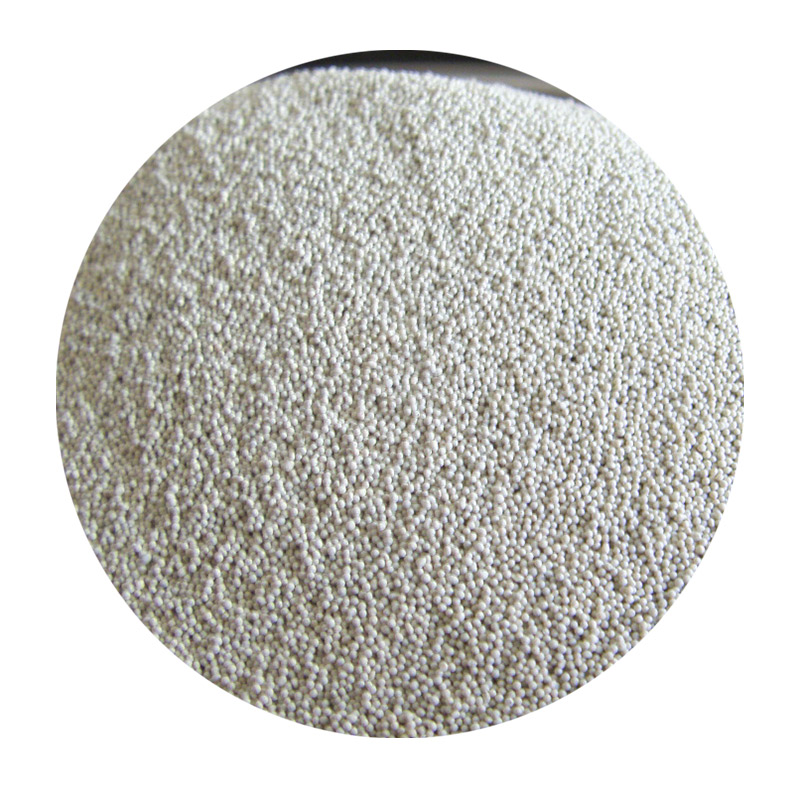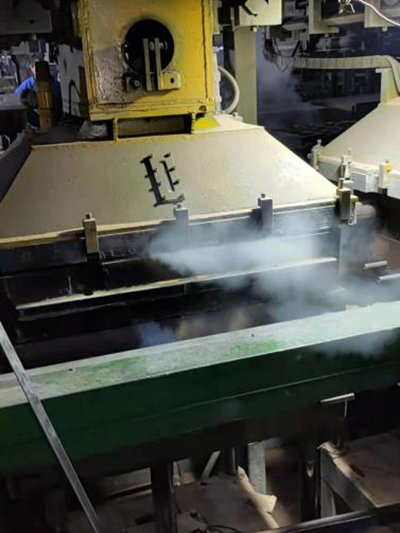

Specialized applications often make use of ceramics or synthetic sands. These advanced options afford unparalleled control over particle size and material properties, allowing for the creation of precision castings that meet rigorous industry standards. Although these sands represent a higher investment, the return in terms of reduced defects and enhanced properties can be worthwhile in high-stakes industries such as automotive or aerospace. Ultimately, the choice of foundry sand is influenced by factors like the type of metal being cast, the complexity of the casting design, budget considerations, and environmental or regulatory requirements. A well-informed decision will involve balancing these elements to optimize both the casting process and the final product's quality. Incorporating real-world experiences and expertise into the selection process for foundry sand types includes evaluating past projects and outcomes. Successful foundries often document and analyze their practices, tweaking them as new sand types or technologies emerge. This process ensures that foundries remain at the cutting edge, leveraging the latest advancements to maintain quality and efficiency. Collaboration with industry experts and reliance on authoritative resources further underpin a foundry's ability to select the best sand for each project. Through expert consultation and continuous education, foundry operators can stay abreast of innovations and trends, ensuring their practices reflect the highest level of professionalism and authority. Trust in foundry operations grows from consistent quality and reliability, factors that are inherently tied to the fundamental choice of materials like foundry sands. Honest communication about the capabilities and limitations of each sand type enhances client confidence and business reputation. In conclusion, the savvy selection and management of foundry sand types can propel a foundry's capabilities and market standing. By combining hands-on experience, professional expertise, authoritative knowledge, and trusted relationships, foundries can navigate the complexities of casting materials to achieve superior outcomes. Post time:פבר . 05, 2025 05:10
Next:Ceramic foundry sand for green sand process
